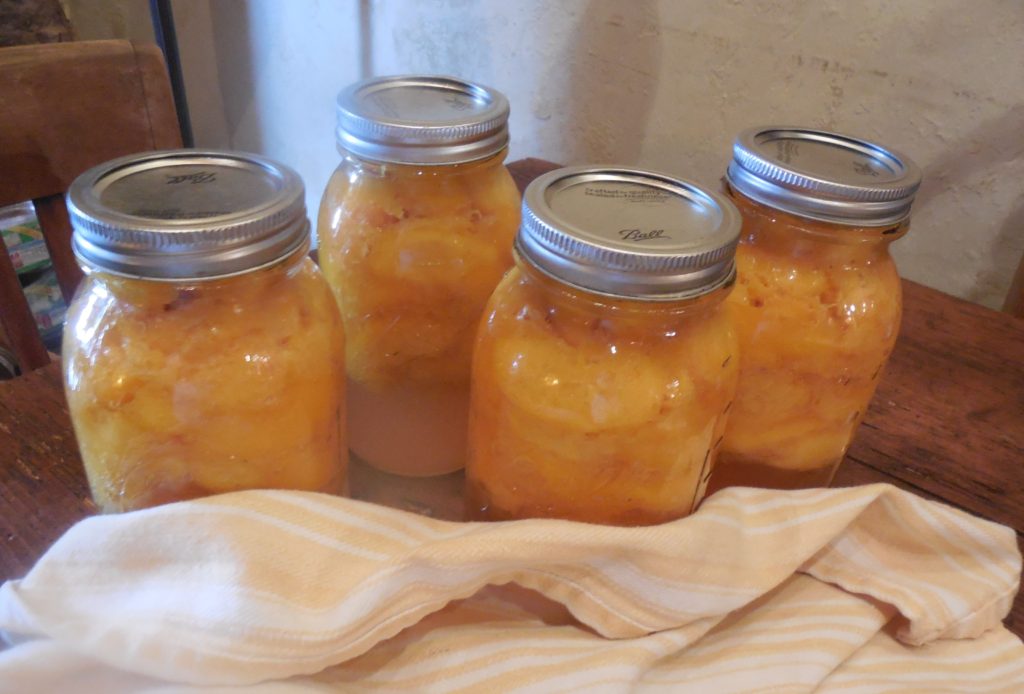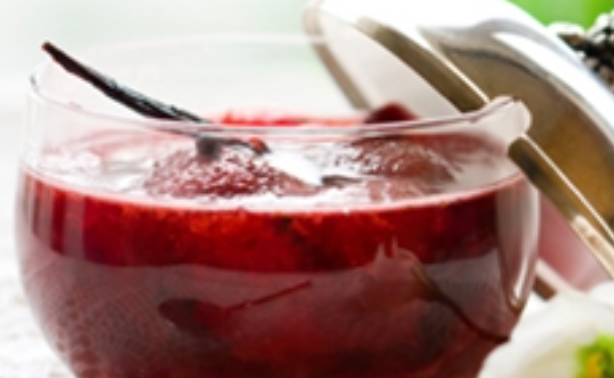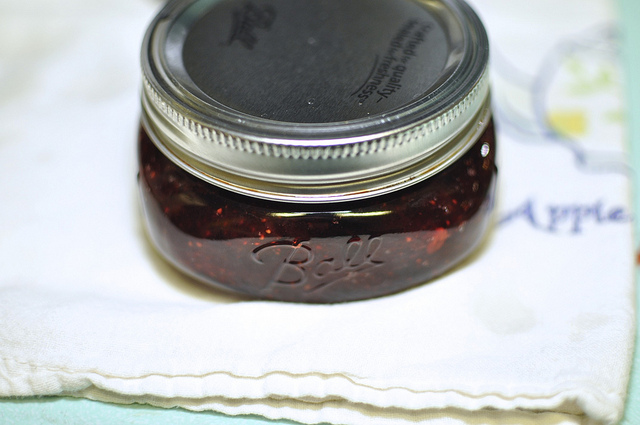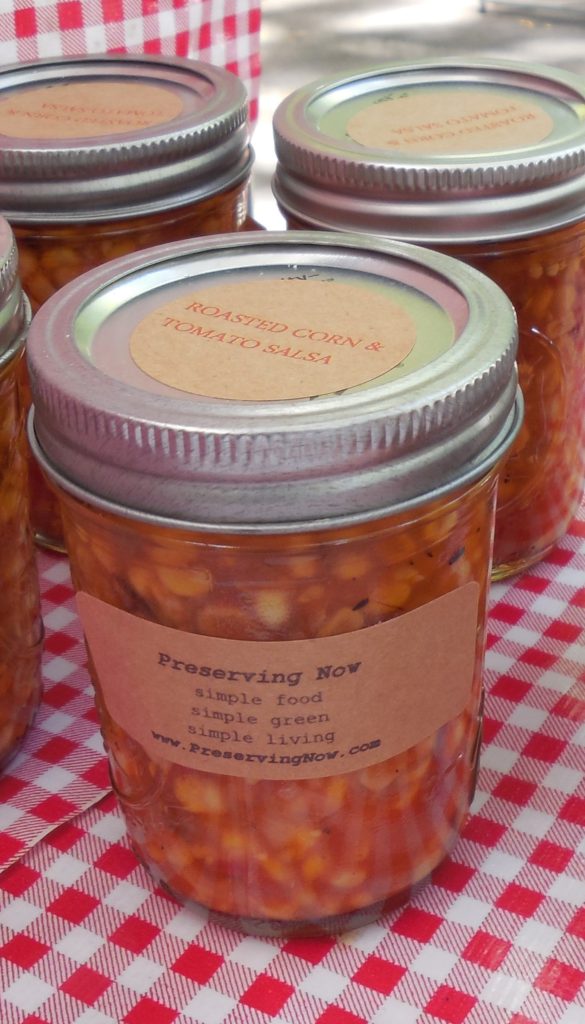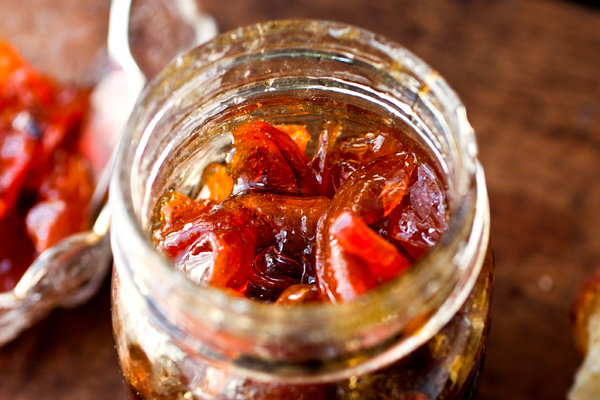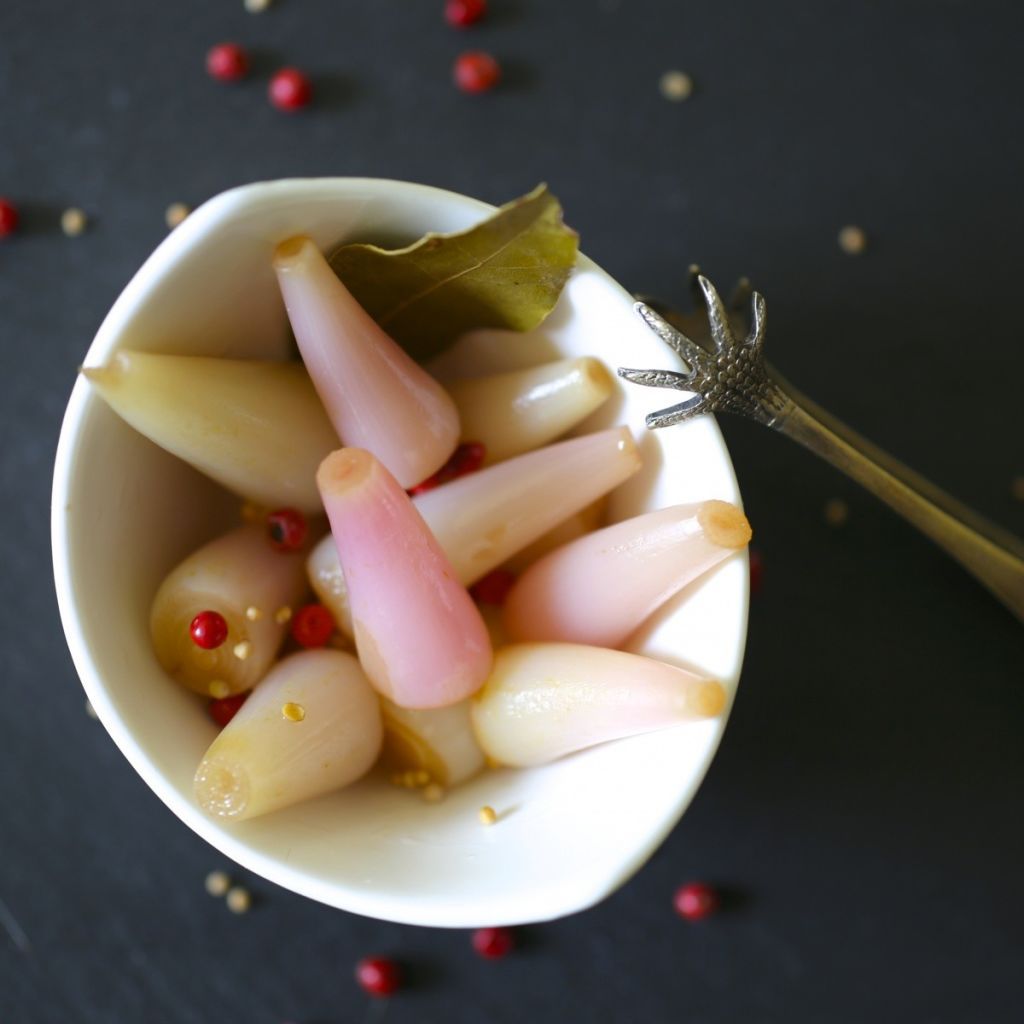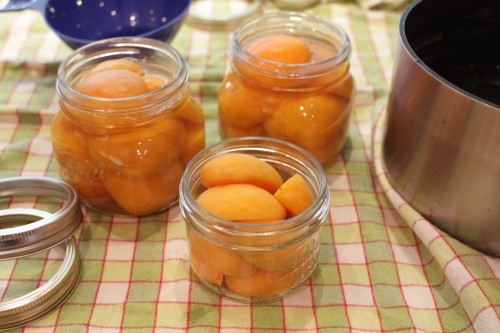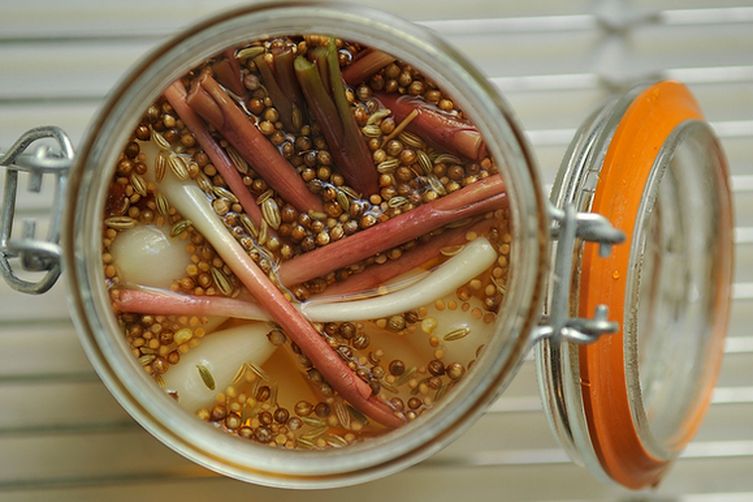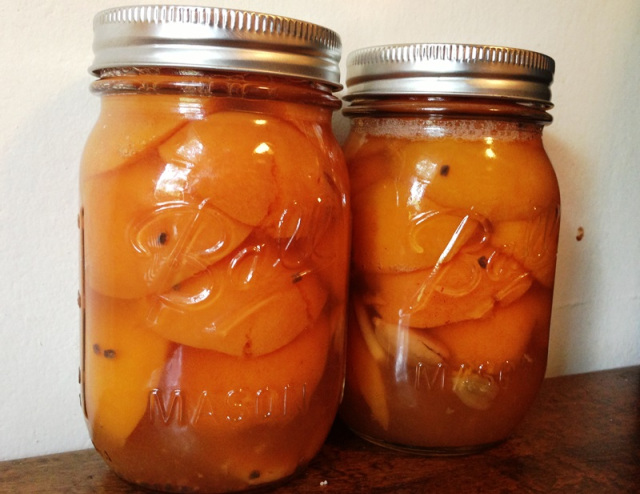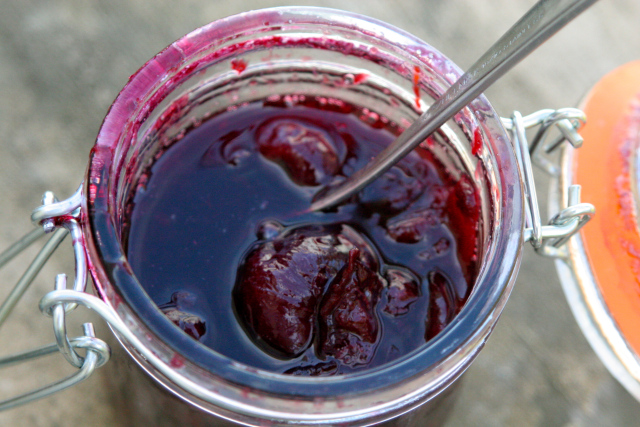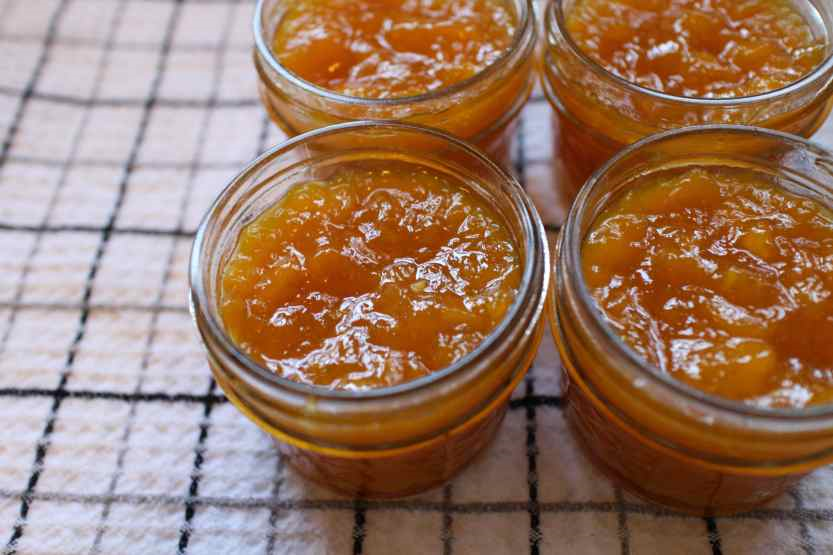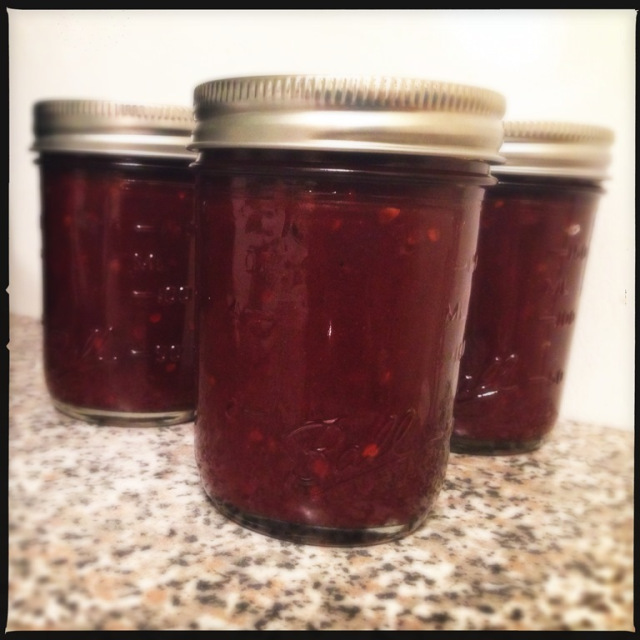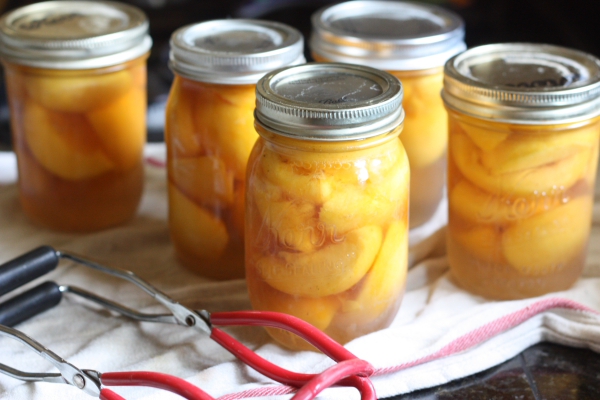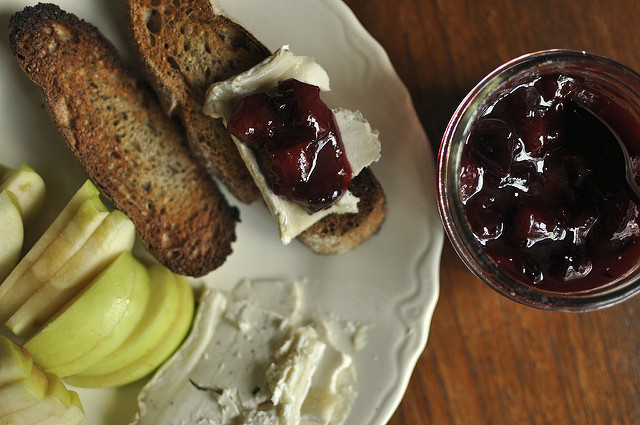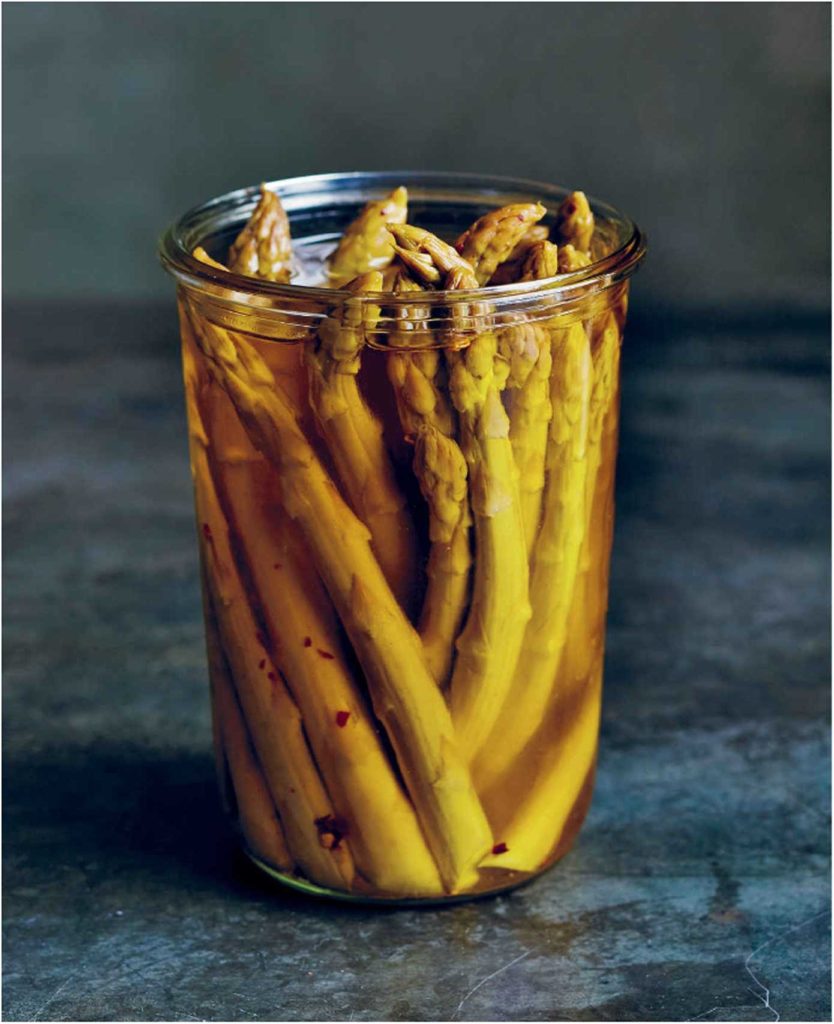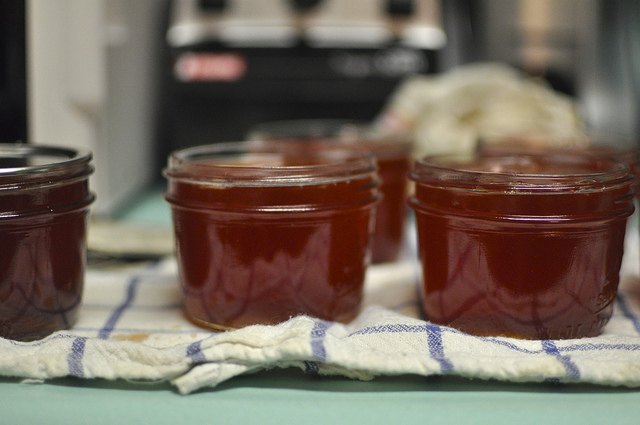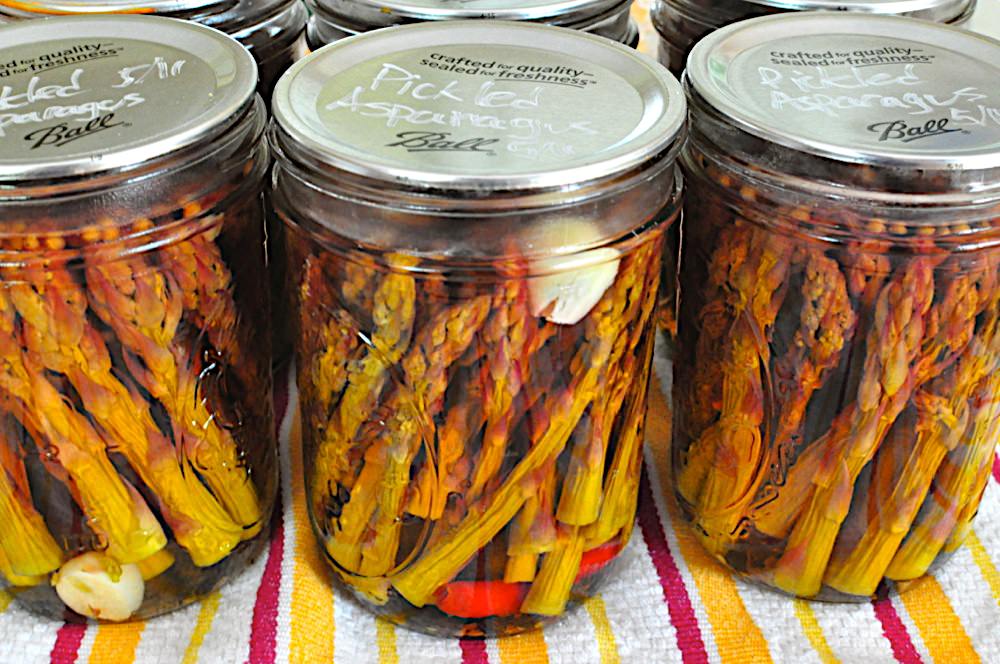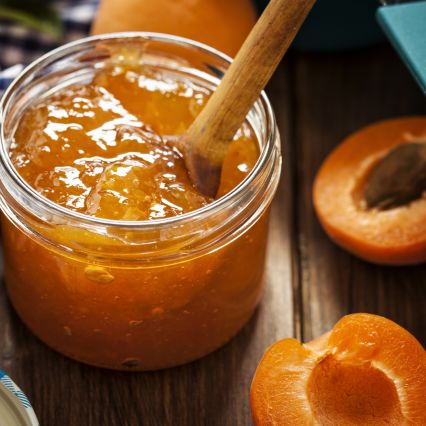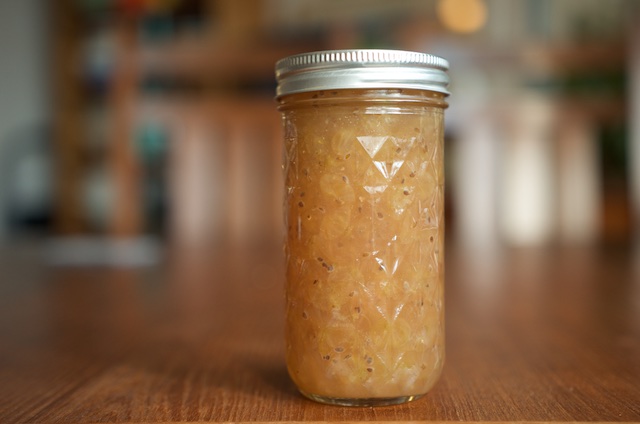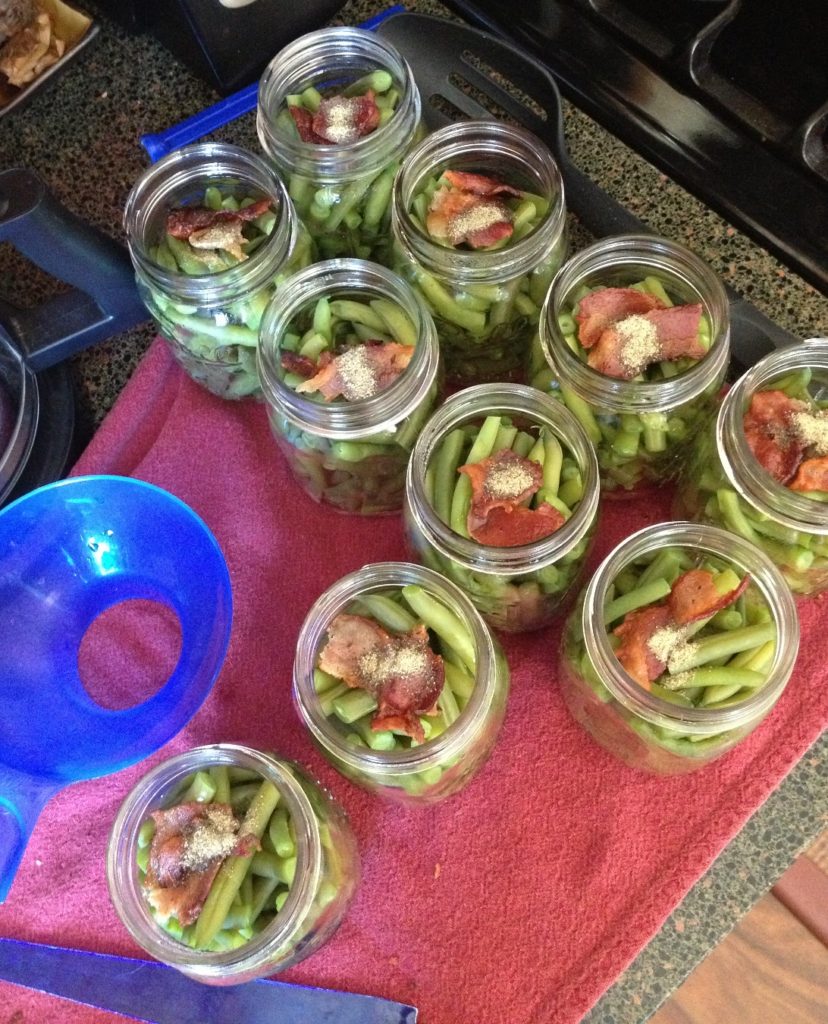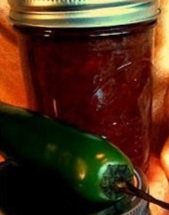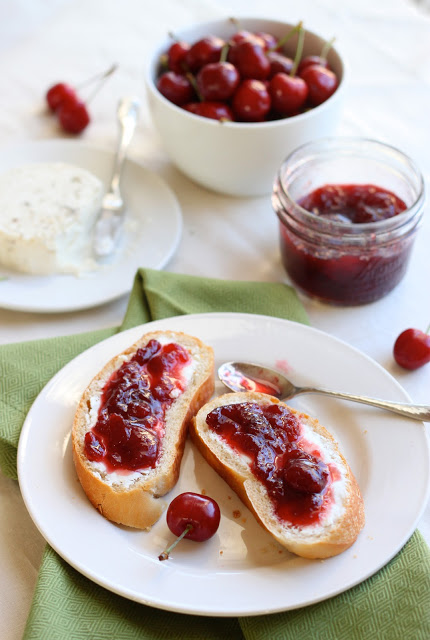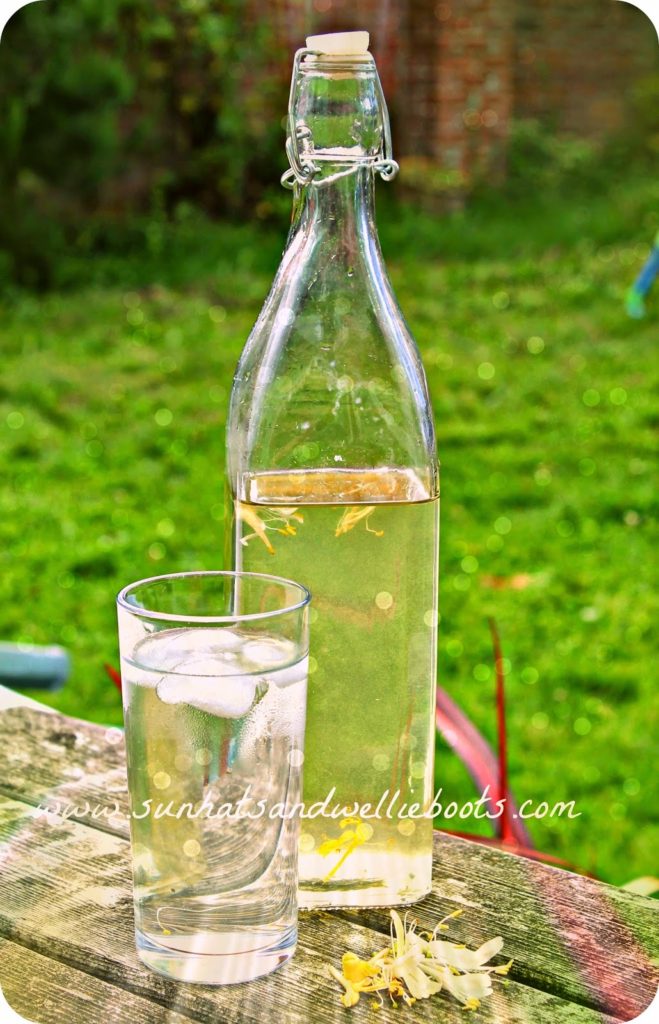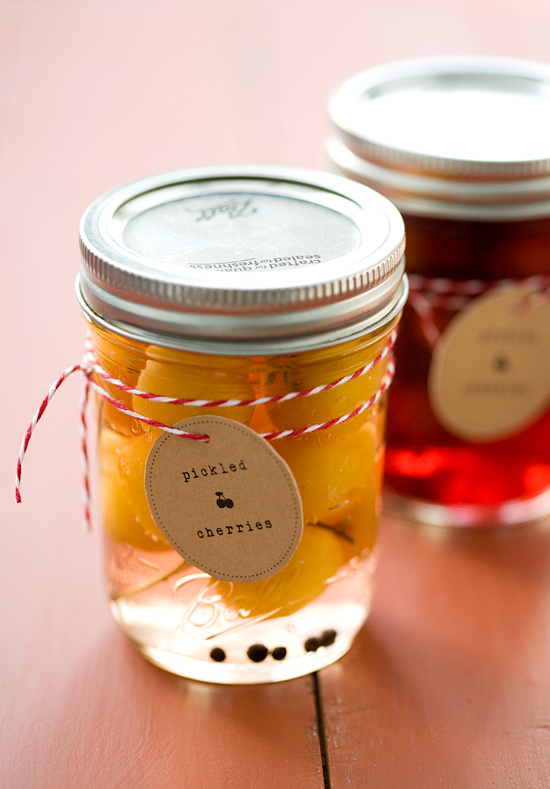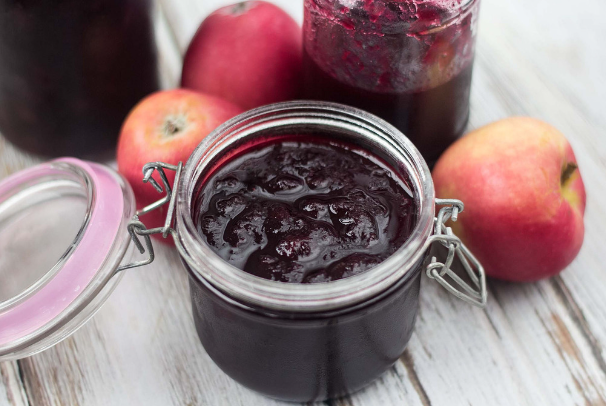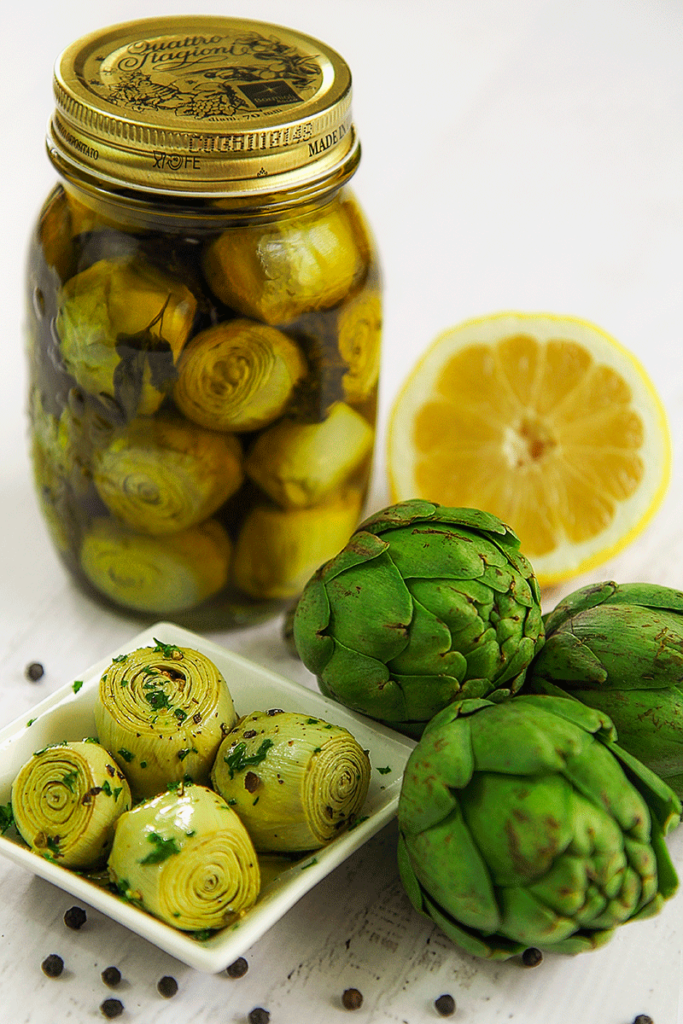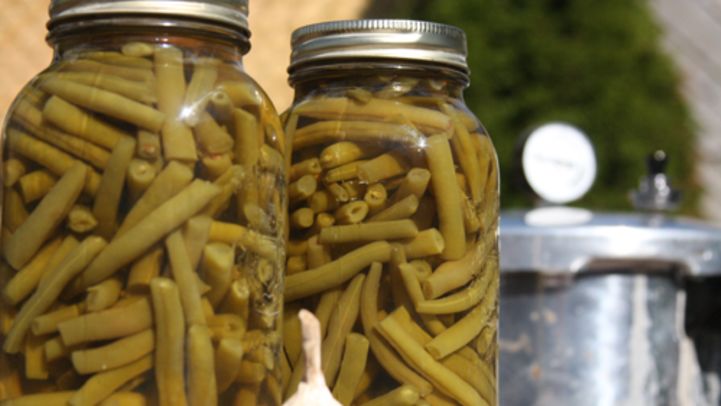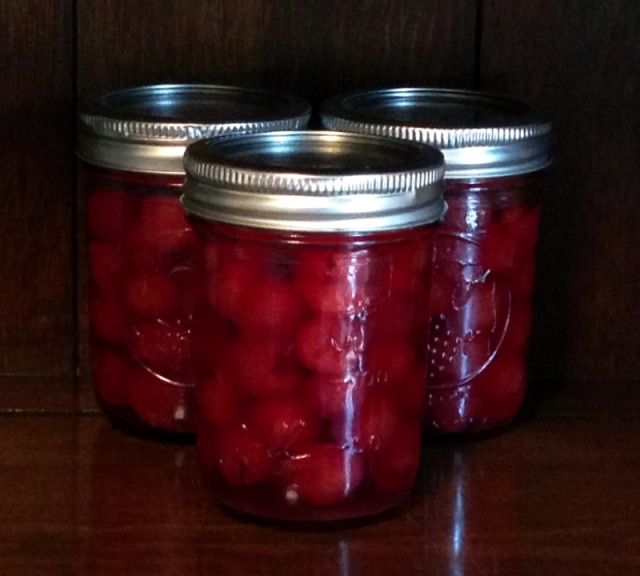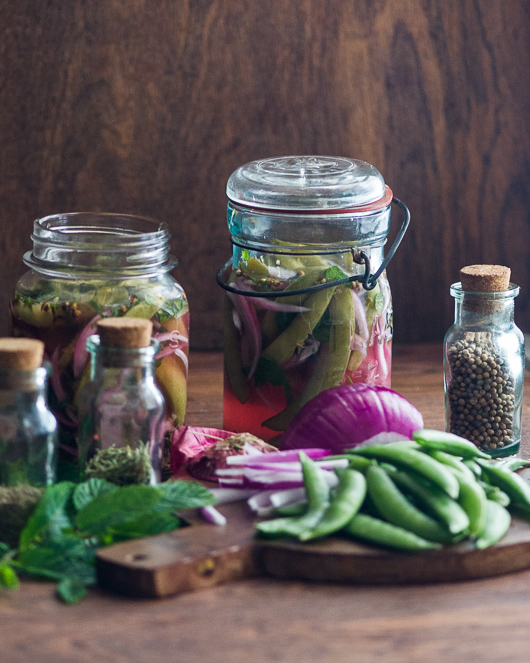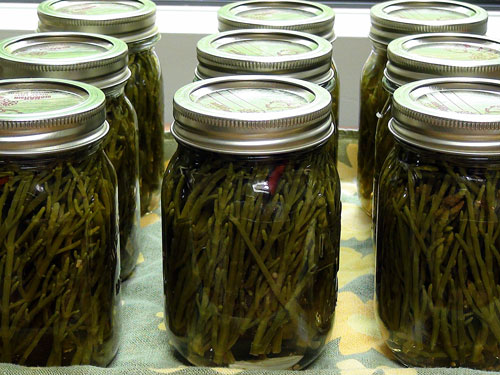North Indian Carrot Pickles
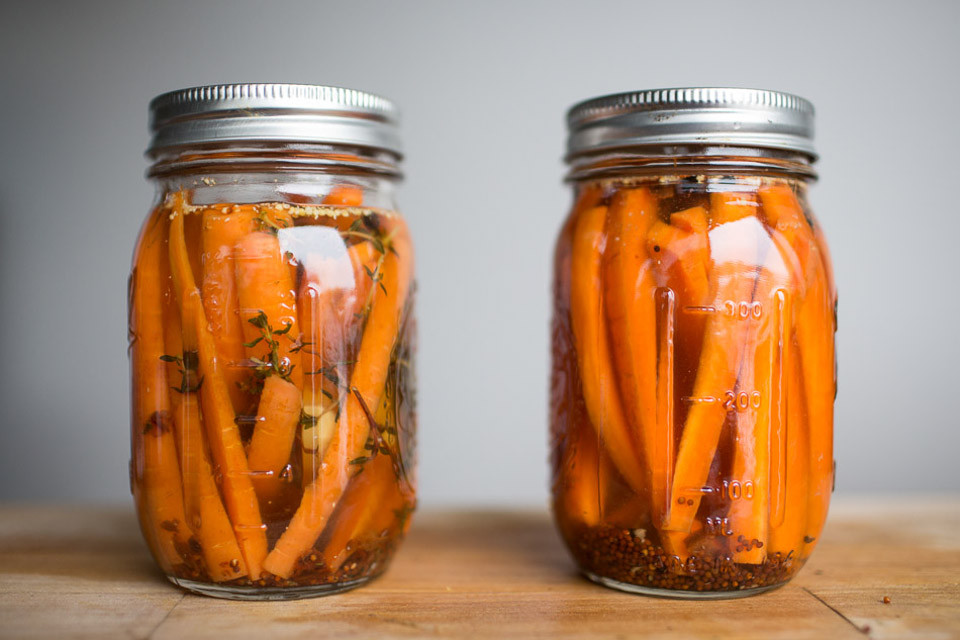 1 pound carrots, scrubbed and patted dry
1 pound carrots, scrubbed and patted dry
1½ tsp. crushed red pepper flakes
1 tsp. mustard seeds, coarsely crushed
1 tsp. pure kosher salt
½ tsp. turmeric
½ C. vegetable oil
¼ tsp. asafetida
1/3 C. strained fresh lemon juice
Wash 2 pint jars well, then dry them thoroughly inside and out. Wash and dry the lids. Cut the carrots into ¼- to ½-inch-thick sticks 4 inches long (to fit in pint jars). Pat dry and put in a dry medium-sized bowl. Add the red pepper flakes, mustard seeds, salt, and turmeric; toss to combine. Set aside. In a medium sauté pan, heat the oil over high heat for 30 seconds, then sprinkle in the asafetida, if using. Add the carrots and spices. Cook, stirring constantly but carefully with a clean, dry spoon, for 1 minute. Add the lemon juice and cook, stirring, for 1 minute more. Remove from the heat. Using dry tongs, transfer the carrots to the jars, then divide the liquid and spices between the jars. Let cool to room temperature, then put the lids on and refrigerate for 4 days before serving. The pickle will keep for at least 6 weeks; be sure to use only dry utensils to scoop out the pickle as you use it, as it will spoil if any water comes in contact with it.
